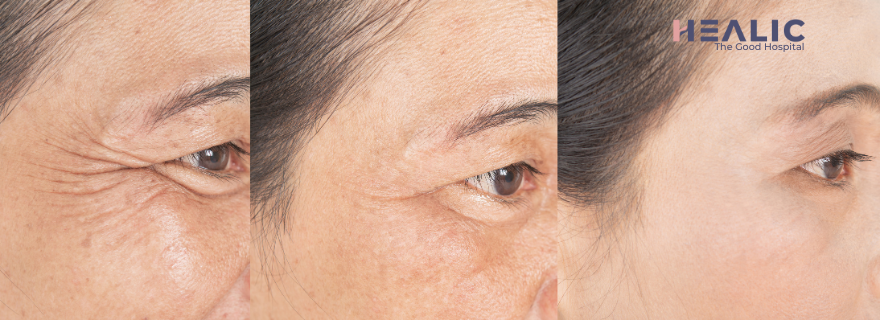Mumps: Symptoms, Diagnosis, Treatment, and Prevention
Mumps is a viral disease characterized by painful swelling of the salivary glands, particularly the parotids, often accompanied by central nervous system involvement. While it is not highly contagious, it is essential to understand its etiology, clinical features, diagnosis, treatment, and prevention. Let’s dive into a comprehensive overview of mumps to understand its implications and how to manage it effectively.
Etiology
Mumps is caused by an RNA virus of the paramyxovirus group. In approximately 10% of cases, the virus can attack neural tissue, leading to aseptic central nervous system (CNS) infections, such as encephalitis and meningitis.
Epidemiology
Mumps is prevalent worldwide, with higher incidence rates in urban areas compared to rural regions. The peak occurrence is during late winter and spring. Notably, about 30-40% of mumps infections are subclinical. The virus spreads through direct contact, indirect contact via contaminated objects, or airborne droplets, with the upper airway serving as the primary entry point. The secondary infection rate is quite high, estimated at around 80%.
Clinical Features
The average incubation period for mumps is 17 days, with most cases occurring in the 5-15 years age group. The prodromal phase, lasting 1-2 days, is marked by fever, malaise, sore throat, earache, and pain behind the ear, especially when chewing or swallowing. The most significant development is the onset of parotitis, which involves tender, swollen parotid glands, typically unilateral or bilateral. The swelling may take 7-10 days to begin regressing, accompanied by the resolution of other symptoms such as fever, anorexia, headache, and malaise.
In some cases, aseptic meningitis or, rarely, encephalitis may occur. Additional neurological manifestations include deafness, cerebellar ataxia, Guillain-Barre syndrome, transverse myelitis, and facial neuritis. Other potential complications encompass epididymo-orchitis, pancreatitis, myocarditis, oophoritis, and nephritis.
Diagnosis and Differential Diagnosis
Diagnosis is primarily clinical, but laboratory investigations may be considered, such as serum amylase, complement fixation test, ELISA for IgM, and blood count analysis. Differential diagnosis involves distinguishing mumps from conditions like suppurative parotitis, viral parotitis, lymphadenitis, Mikulicz disease, and others.
Complications
Complications of mumps include orchitis-epididymitis, pancreatitis, meningoencephalitis, myocarditis, nephritis, hepatitis, thyroiditis, mastitis, arthritis, deafness, facial palsy, ocular manifestations, and thrombocytopenic purpura.
Treatment and Prophylaxis
Currently, there is no specific therapy for mumps. Treatment focuses on symptomatic relief, isolation, rest, antipyretics, local warm or cold applications, saline mouthwash, fluid diet, and steroid administration in cases of orchitis. Active immunization in the form of the MMR vaccine at 15-18 months provides prophylaxis against mumps, while passive protection can be achieved through convalescent gamma globulin after exposure.
Prognosis
The prognosis for mumps is generally favorable, with most children showing complete recovery from meningoencephalitis. However, residual deafness may persist in some cases.
Mumps is a viral infection with various potential complications, emphasizing the importance of preventive measures, accurate diagnosis, and appropriate management strategies. Awareness of mumps and its implications is crucial for ensuring optimal care and minimizing its impact on affected individuals. If you have any concerns or suspect mumps, seeking timely medical attention is crucial for effective management and recovery.






